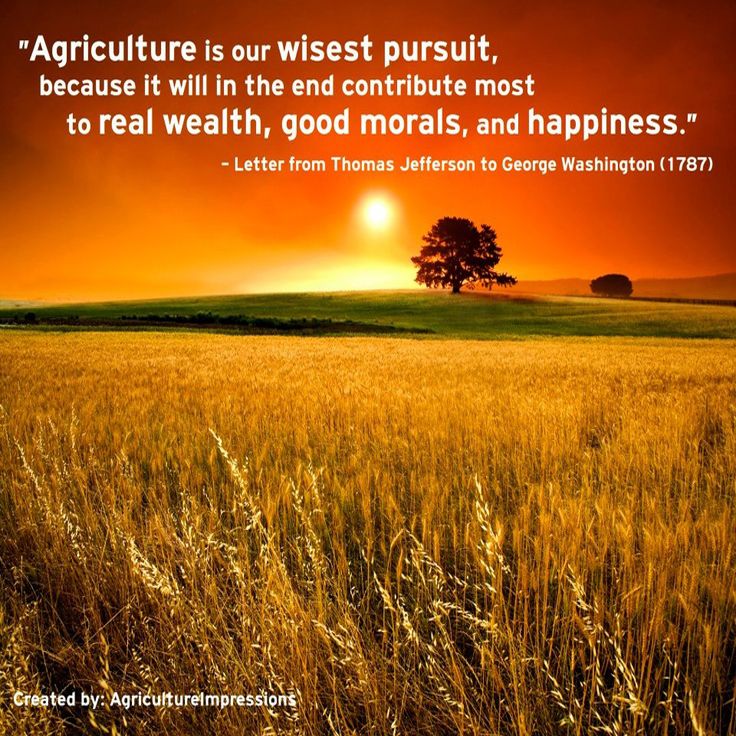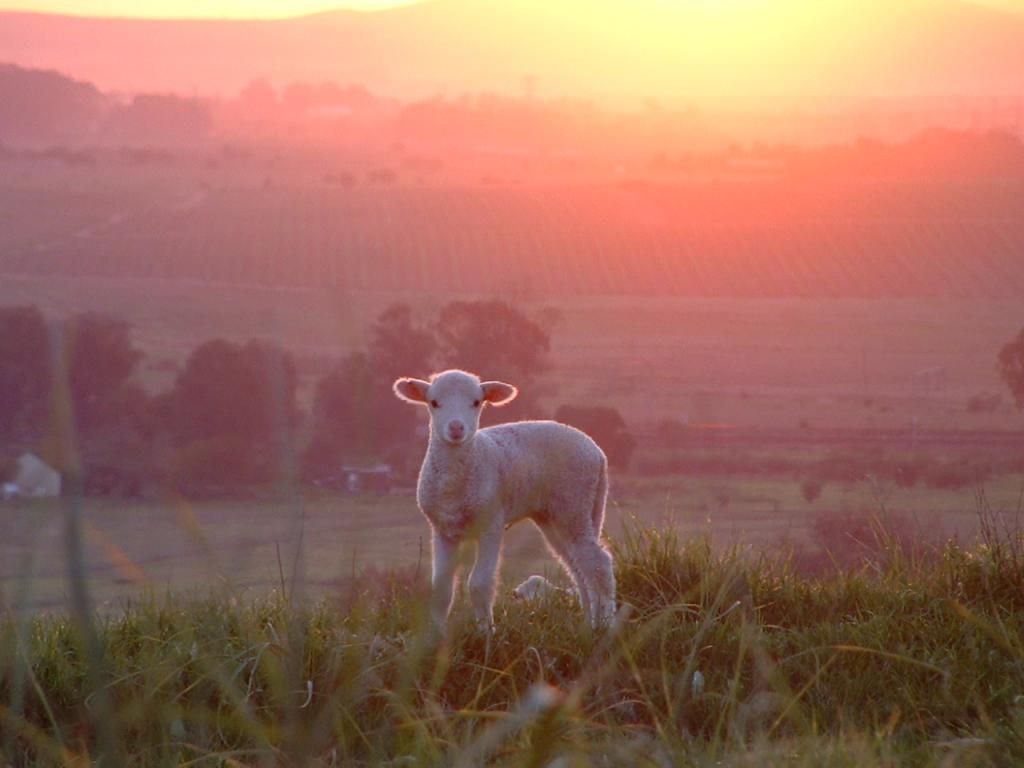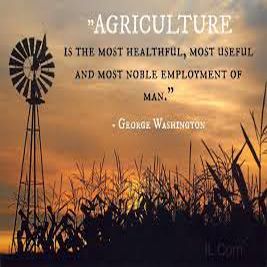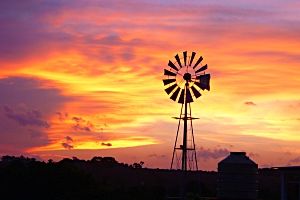Scientists
have used the vestiges of ancient retroviruses to unravel the history of sheep
domestication,
Sheep were first domesticated 11 000 years ago in South-west
Asia before spreading to Europe and the rest of the world. Initially, they were
first selected for their meat and eventually also for secondary products like
wool.
One study used a family of endogenous retroviruses as
markers to deduce the genetic lineage of 133 breeds of domestic sheep from
various locations around the world.
Endogenous retroviruses integrate their DNA into the genetic
code of the host they infect, enabling scientists to detect the remnants of
ancient infections caught by sheep and their ancestors.
By testing for the presence of a particular set of
retroviruses, known as enJSRVs , and comparing their prevalence in each breed of
sheep, the researchers were able to distinguish primitive breeds of sheep from
more recently domesticated ones.
The results support the theory that the breeding of sheep for
wool and other secondary products began in South-west Asia, before spreading to
Europe through secondary migrations.

 Matching the retrovirus signatures with the location of the
sheep, they gained insight into ancient migration routes. For example, Orkney
sheep (left) were found to be closely related to breeds in Scandinavia, while the Soay
sheep (top) of St Kilda, Scotland, have links to the Mediterranean Mouflon.
Matching the retrovirus signatures with the location of the
sheep, they gained insight into ancient migration routes. For example, Orkney
sheep (left) were found to be closely related to breeds in Scandinavia, while the Soay
sheep (top) of St Kilda, Scotland, have links to the Mediterranean Mouflon.
Intriguingly, they also found that the Jacob sheep (left) of the
British Isles is more similar to South-west Asian and African breeds than other
British sheep. The breed is named after
the Biblical story of Jacob, who is said to have taken "every speckled and
spotted sheep" as a wage from his father-in-law, Laban. The note in the
book of Genesis is possibly the first recorded use of selective breeding.







































